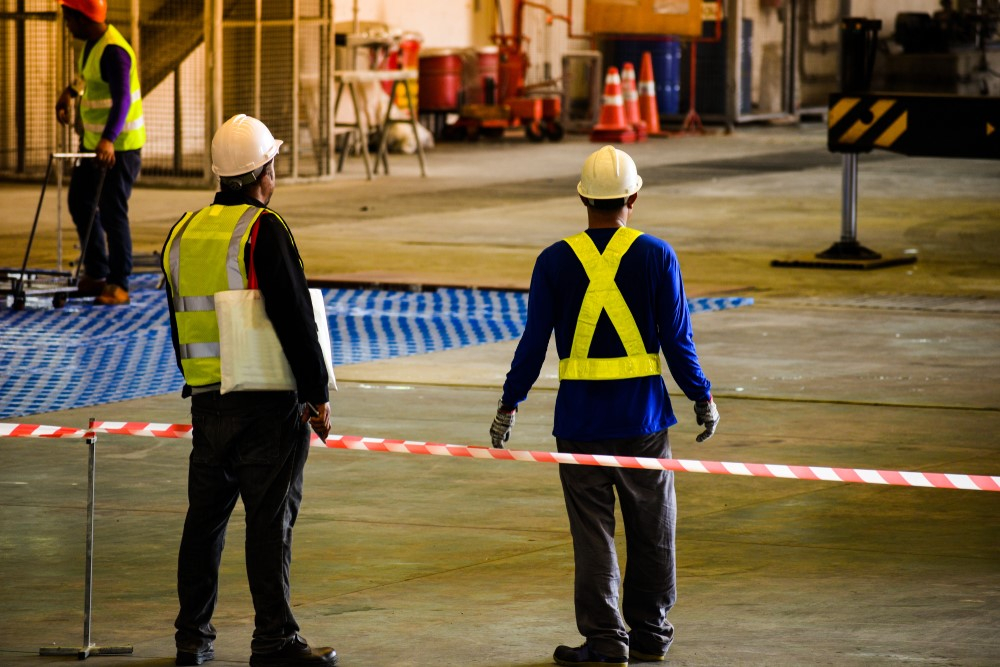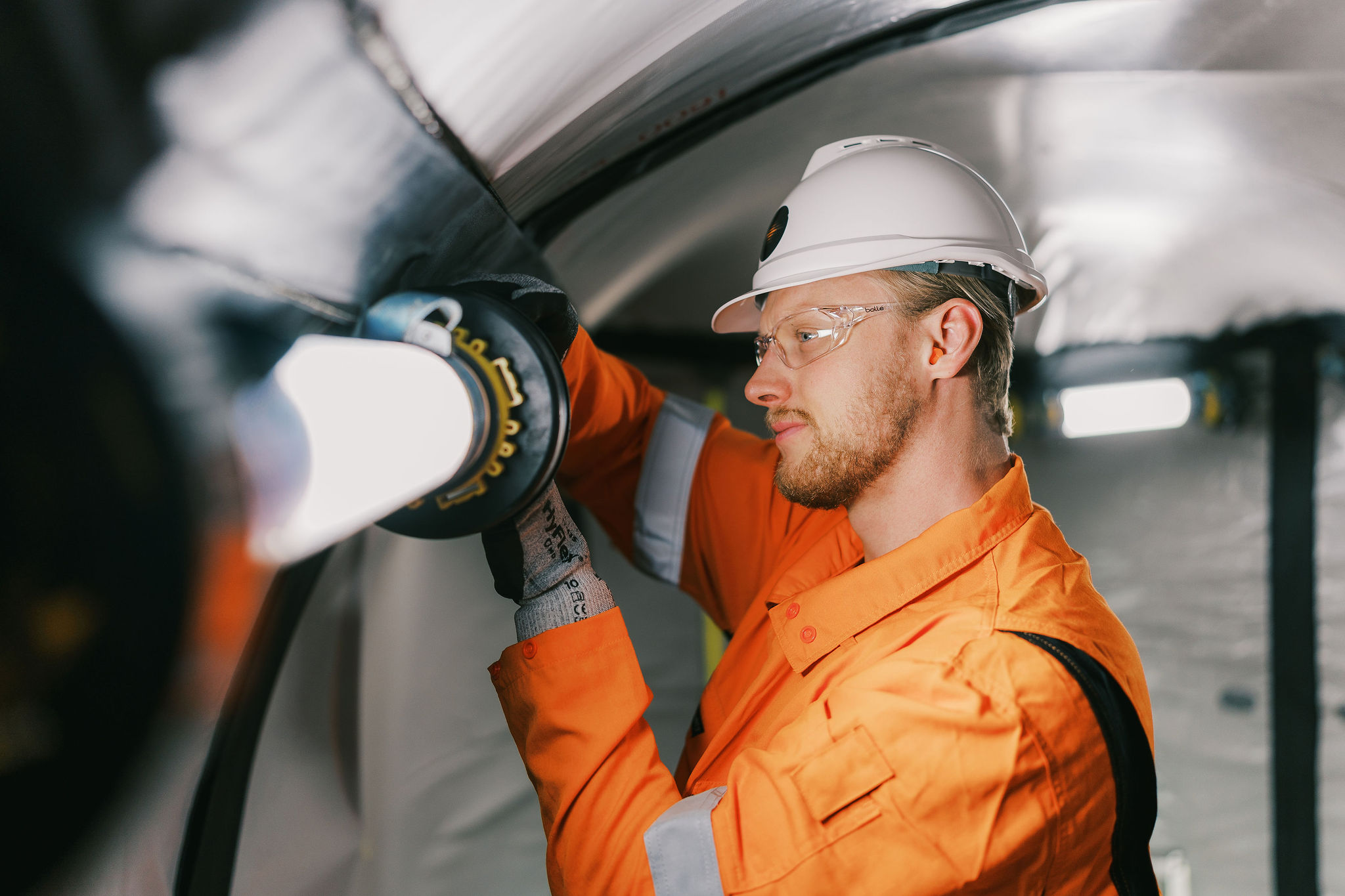The Only Guide for Roar Solutions
Wiki Article
What Does Roar Solutions Mean?
Table of ContentsRoar Solutions - TruthsFacts About Roar Solutions Revealed10 Simple Techniques For Roar Solutions
In order to protect installations from a potential surge a technique of analysing and categorizing a potentially unsafe location is called for. The purpose of this is to ensure the appropriate option and installment of devices to eventually protect against an explosion and to guarantee safety of life.
(https://medium.com/@thomascarrillo4740/about)
No equipment needs to be installed where the surface temperature level of the devices is higher than the ignition temperature of the offered threat. Below are some typical dirt hazardous and their minimal ignition temperature level. Coal Dirt 380C 225C Polythene 420C (melts) Methyl Cellulose 420C 320C Starch 460C 435C Flour 490C 340C Sugar 490C 460C Grain Dust 510C 300C Phenolic Resin 530C > 450C Aluminium 590C > 450C PVC 700C > 450C Residue 810C 570C The probability of the hazard existing in a concentration high sufficient to trigger an ignition will differ from place to place.
Harmful location electrical devices maybe designed for use in higher ambient temperature levels. Area Repair Work By Authorised Worker: Complicated screening might not be called for nonetheless specific procedures might need to be complied with in order for the equipment to keep its third event rating. Each piece of equipment with an unsafe ranking ought to be examined independently.
Roar Solutions for Beginners
The equipment register is a thorough data source of devices records that includes a minimum set of areas to recognize each product's area, technical parameters, Ex lover classification, age, and environmental data. This information is important for tracking and handling the equipment efficiently within unsafe areas. In contrast, for periodic or RBI sampling evaluations, the quality will certainly be a combination of In-depth and Close examinations. The ratio of Comprehensive to Close inspections will certainly be determined by the Devices Threat, which is examined based on ignition risk (the chance of a resource of ignition versus the possibility of a combustible atmosphere )and the unsafe area category( Zone 0, 1, or 2). This variation will certainly likewise influence the resourcing needs for job preparation. As soon as Lots are defined, you can create sampling strategies based upon the example size of each Whole lot, which refers to the variety of arbitrary tools products to be evaluated. To determine the needed example size, 2 elements need to be reviewed: the size of the Whole lot and the category of assessment, which suggests the level of initiative that must be used( lowered, normal, or enhanced )to the assessment of the Great deal. By incorporating the category of inspection with the Whole lot size, you can then develop the suitable denial requirements for an example, suggesting the permitted variety of damaged things found within that example. For more information on this procedure, please describe the Power Institute Guidelines. The IEC 60079 basic recommends that the maximum period in between evaluations need to not exceed three years. EEHA assessments will certainly additionally be performed outside of RBI campaigns as part of arranged maintenance and equipment overhauls or fixings. These evaluations can be attributed toward the RBI sample dimensions within the affected Great deals. EEHA evaluations are carried out to recognize faults in electrical tools. A weighted scoring system is important, as a single tool might have numerous mistakes, each with differing levels of ignition risk. If the combined rating of both examinations is much less than twice the fault rating, the Whole lot is deemed acceptable. If the Whole lot is still thought about inappropriate, it should undergo a complete evaluation or reason, which may set off stricter inspection methods. Accepted Great deal: The sources of any mistakes are determined. If a common failing mode is located, extra equipment might call for evaluation and fixing. Mistakes are categorized by extent( Safety and security, Stability, House cleaning ), making sure that urgent issues are analyzed and addressed quickly to minimize any kind of influence on safety or procedures. The EEHA data source need to track and tape the lifecycle of faults in addition to the corrective actions taken. Applying a robust Risk-Based Inspection( RBI )method is critical for ensuring compliance and security in taking care of Electric Equipment in Hazardous Areas( EEHA) (eeha training). Automated Fault Rating and Lifecycle Management: Effortlessly handle faults and track their lifecycle to enhance examination accuracy. The introduction of this support for risk-based evaluation even more strengthens Inspectivity's placement as a best-in-class solution for regulative compliance, along with for any kind of asset-centric inspection use case. If you want discovering extra, we welcome you to request a demonstration and discover just how our option can transform your EEHA management procedures.
Roar Solutions Things To Know Before You Get This

In regards to explosive risk, a dangerous area is an atmosphere in which an explosive atmosphere exists (or might be expected to be existing) in quantities that need special precautions for the building and construction, setup and usage of devices. hazardous area electrical course. In this article we discover the difficulties faced in the office, the risk control actions, and the needed expertises to work securely
It is a repercussion of modern life that we manufacture, keep or deal with a directory series of gases or fluids that are regarded flammable, and a series of dirts that are regarded combustible. These compounds can, in specific problems, create eruptive atmospheres and these can have significant and unfortunate consequences. Many of us recognize with the fire triangular eliminate any kind of one of the 3 aspects and the fire can not occur, but what does this mean in the context of dangerous areas? When damaging this down into its easiest terms it is basically: a mix of a certain quantity of launch or leak of a certain substance or material, combining with ambient oxygen, and the visibility of a source of ignition.
In a lot of circumstances, we can do little about the degrees of oxygen airborne, but we can have significant influence on sources of ignition, for example electric tools. Unsafe areas are documented on the dangerous location classification illustration and are identified on-site by the triangular "EX LOVER" indicator. Below, amongst various other essential information, zones are split into three types depending upon the danger, the possibility and period that an explosive atmosphere will exist; Area 0 or 20 is deemed the most harmful and Zone 2 or 22 is regarded the least.
Report this wiki page